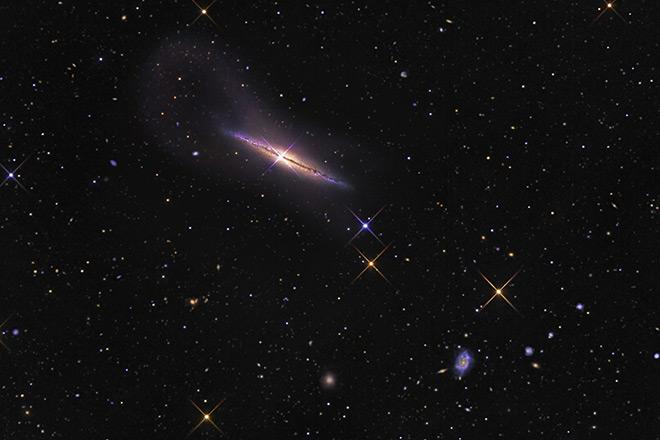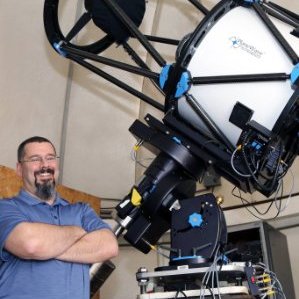Planets, Stars, Galaxies, and the Universe

Credit: NGC 4013 and the Tidal Stream © R. Jay GaBany, Used with permission
Resource Description
Walking up and down the hallways of Davey Lab at Penn State, you can find astronomers searching for and characterizing exoplanets, monitoring supernovae and other exploding stars, and measuring the details of the accelerating expansion of the Universe to determine the nature of dark energy. In ASTRO 801, we learn that with only the ability to measure the light from these distant, unreachable objects, we can still determine how the Solar System, stars, galaxies, and the Universe formed and evolved since the Big Bang. We are all citizens of the Universe, and in fact, you are made of starstuff. Come learn where the atoms in your body came from, and what will happen to them long after we are gone. This course is no longer being offered for credit and has not been updated since 2019.

